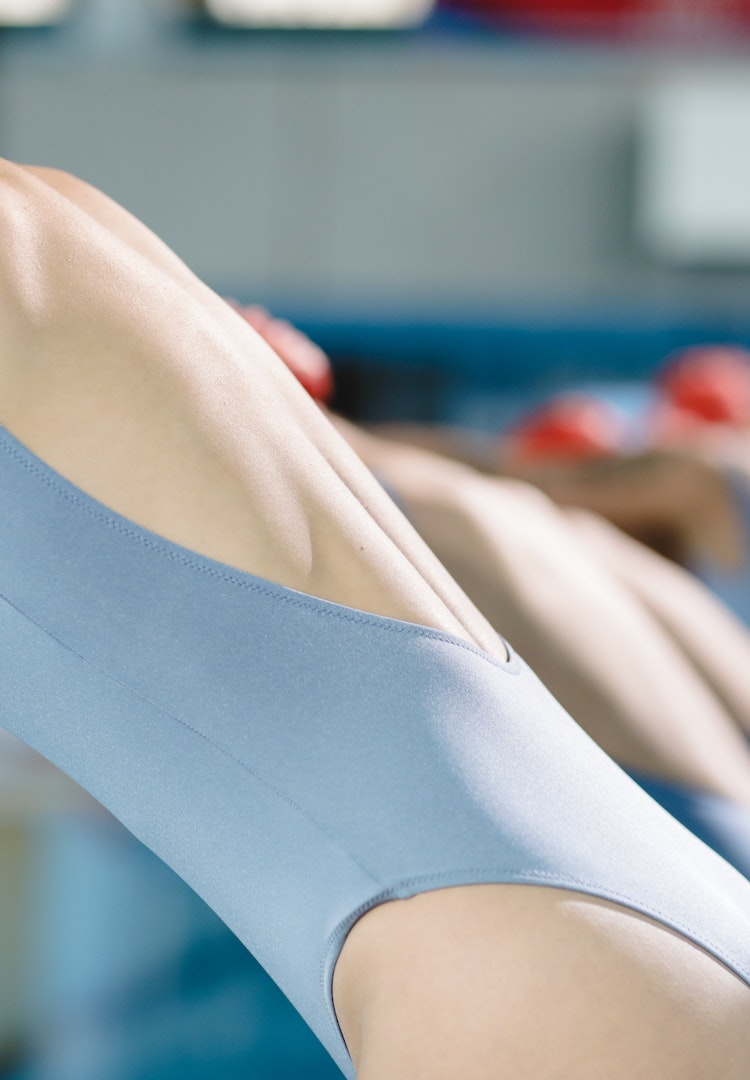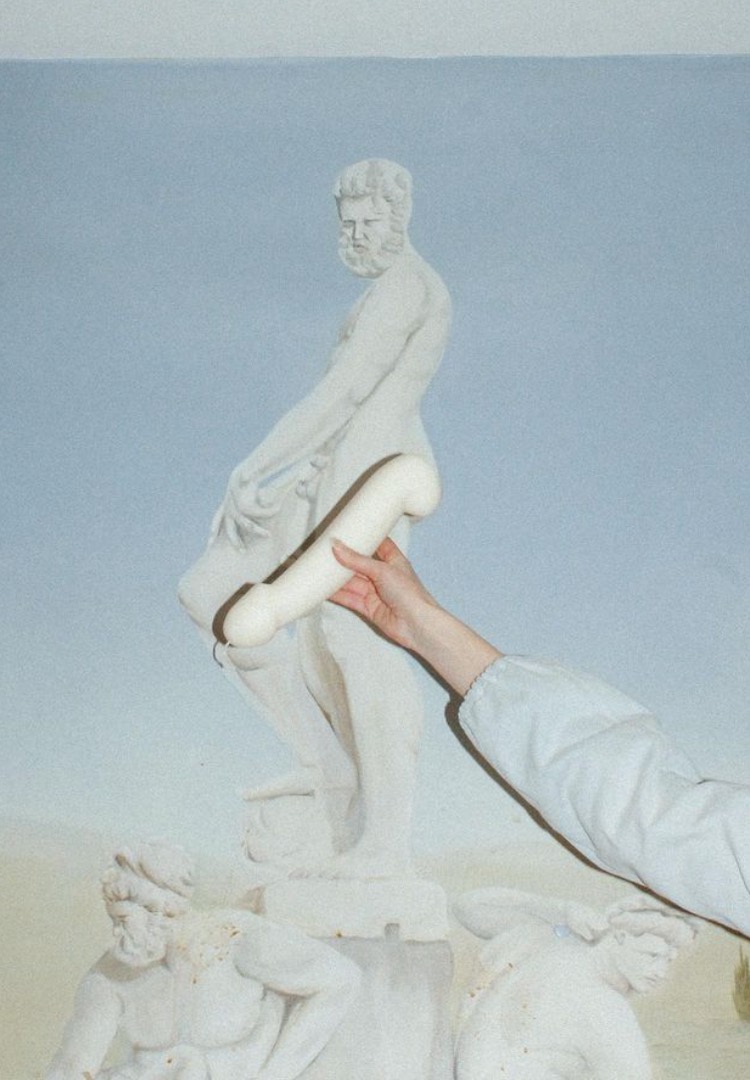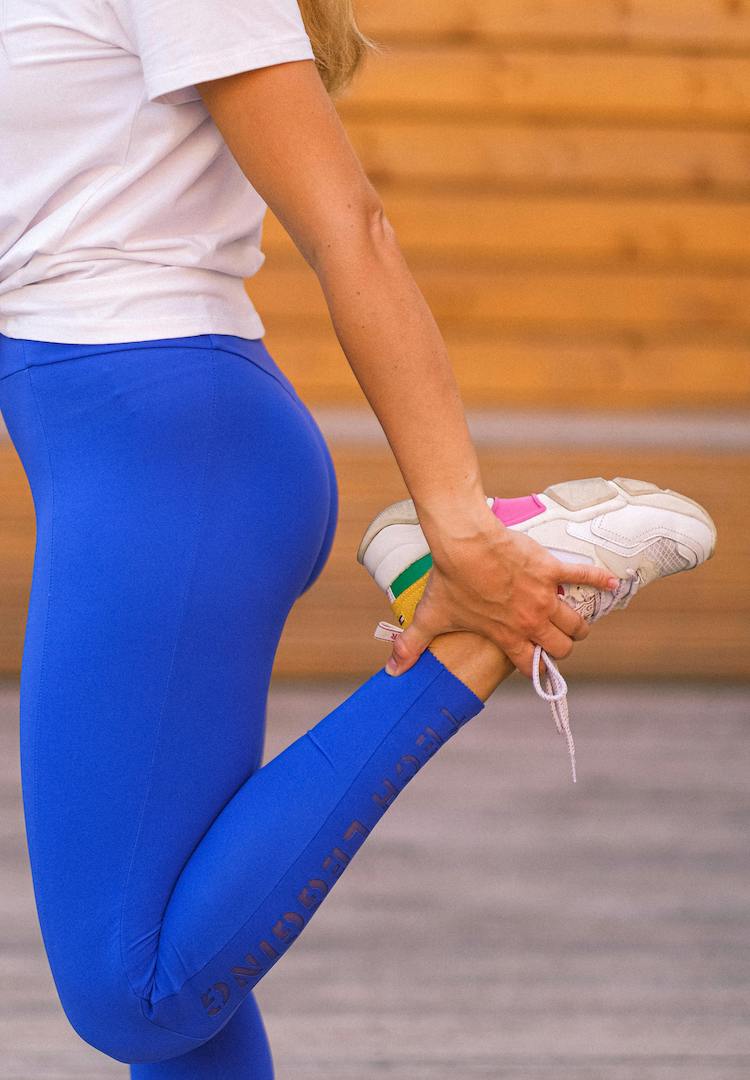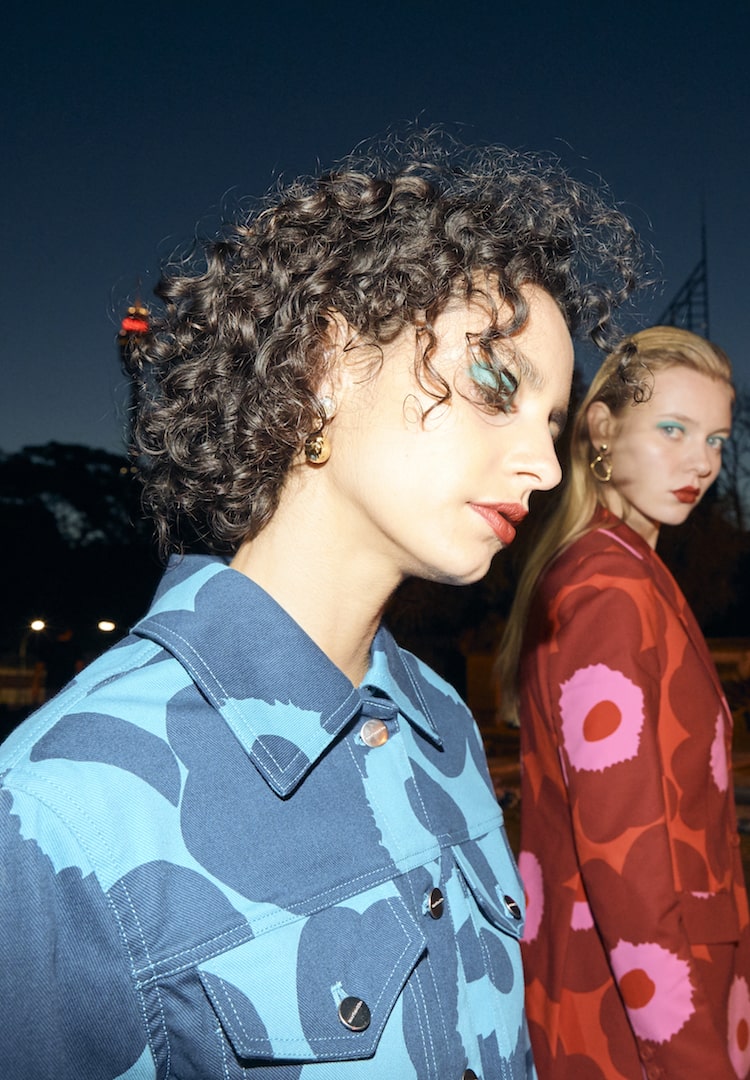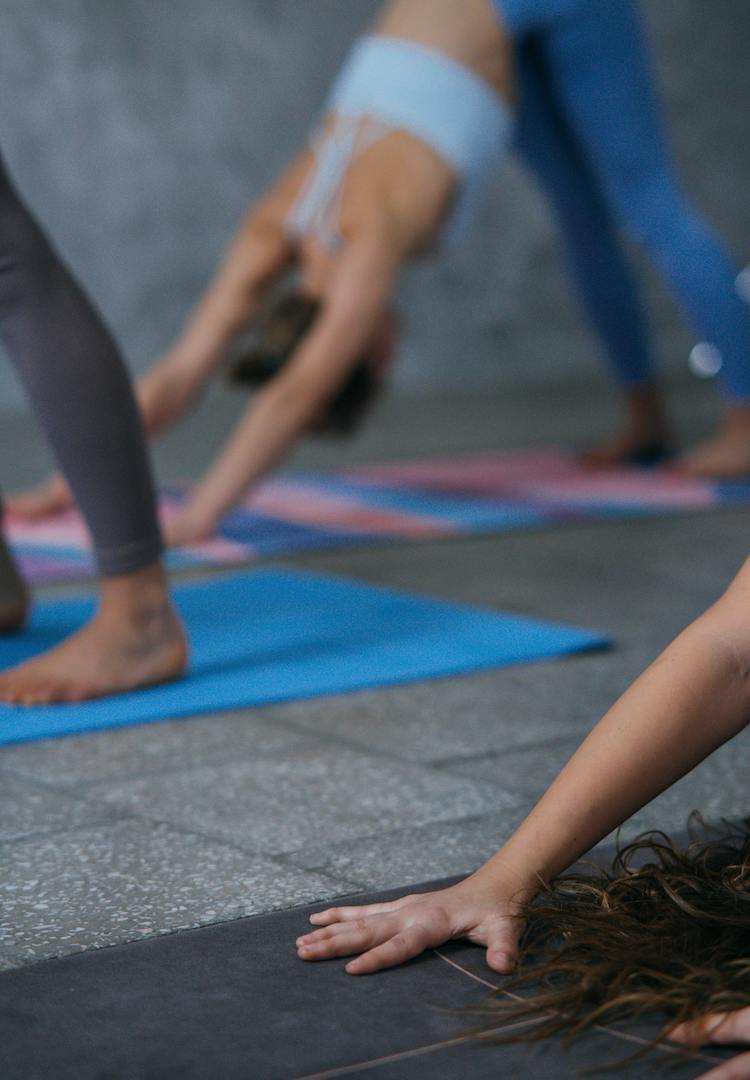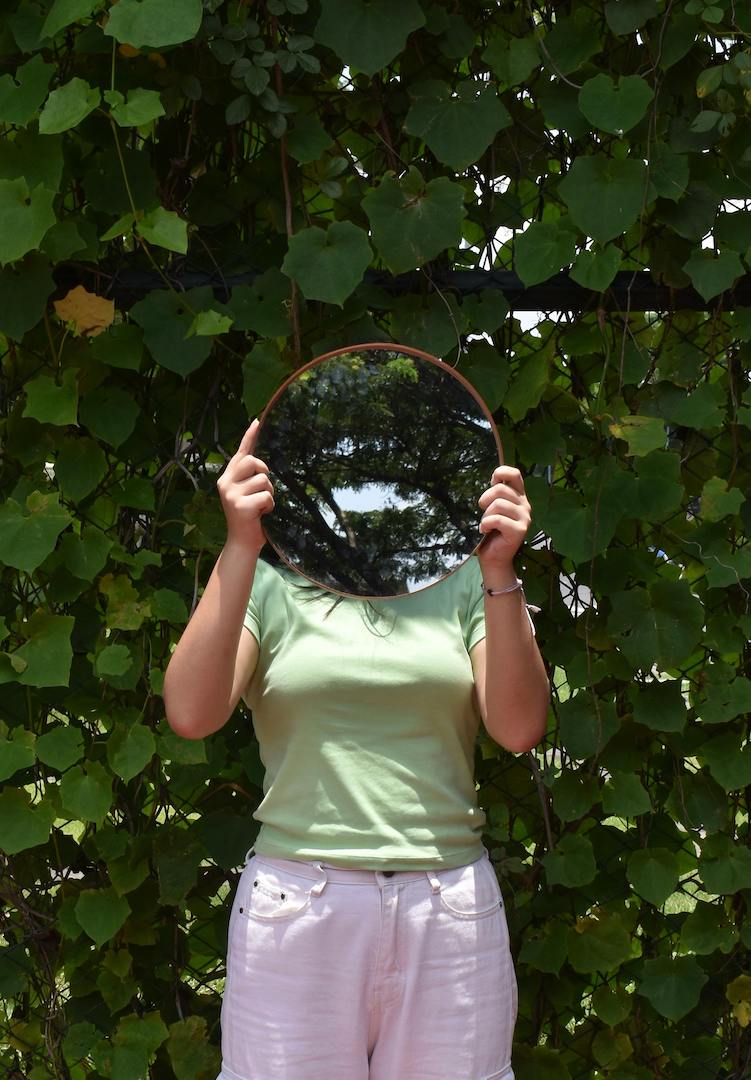What I learnt from my experience with scoliosis
WORDS BY ALICE JOHNSON
“On the same day my friends jumped on flights to Surfers Paradise for Schoolies wearing Supre’s latest fluro collection, I went under the knife.”
I’m a younger sister and growing up that meant whatever my sister did, I did too. Mostly, that meant dancing. I was laced into my first pair of tap shoes at age four, and had my face painted with purple eyeshadow and red lipstick to perform on a small country town’s black wooden stage.
Even though I danced for many years, I could never manage to do the splits, a competition staple in a jazz routine, usually performed to something camp like an S Club 7 backing track. My stretching routine wasn’t as intense as some of my fellow sequined peers so I never really thought twice about my body until I started to notice something was off.
Interested to hear how others navigate the world? Head to our Life section.
While some of my friends could bend over and touch their toes like Elle Woods doing the ‘bend and snap’, I experienced a strong full ache in my back and hip whenever I mimicked their movements. After months of rest, stretching, physio appointments and no relief, my mum started to worry. It wasn’t until I’d had several trips to the doctor that the word ‘scoliosis’ was brought up.
My doctor took out a thick black marker and drew a line from the top of my spine to my bum and urged my mum to take a look. I remember staring at the half-washed-off marker in the mirror at home that night, noticing how the line perfectly followed the way my trunk dipped to one side. The doctor sent me for X-rays, which showed quite evidently that my spine had been growing in such a topsy-turvy way, that my right hip and rib were close enough to rub together when I moved.
As we lived in the country, I was referred to a specialist in Sydney, around a seven-hour drive away. That’s where the next five years of my scoliosis journey began. A few months ago, my boyfriend sent me an article from The Age on scoliosis. The article explained that the diagnosis of scoliosis in young people took a dive during COVID-19. After I read this, I found myself talking more and more about my own journey with scoliosis.
Usually, it’s not something I think about that often, but knowing how important early treatment is I felt like bringing the condition to the table conversationally. What if talking about something that makes me a little bit uncomfortable can help someone else a lot? In simple terms, scoliosis is a curvature of the spine. It often forms before puberty and sometimes from birth.
It can vary in severity and many will go on with very little to no treatment, but more severe cases require ongoing support and in some cases surgery or even multiple surgeries. There is no confirmed cause. According to Scoliosis Australia, 80 to 85 per cent of scoliosis diagnoses are given in adolescence. I was told I was quite lucky to have been diagnosed ‘just in time’ to try bracing.
I was fitted in a mould by an orthopaedic specialist who went on to create my first back brace, which we christened Barry the Back Brace. Bracing is a technique used predominantly for adolescent scoliosis in an effort to pause or minimise the growth of the spinal curve as the patient goes through puberty. I wore my back brace for 20 to 22 hours a day for four years.
The brace is designed to be very tightly fastened, so I often had difficulty breathing. My skin was bruised, chaffed and cut from wearing it so often, and it was incredibly difficult to sleep in. The worst part was wearing the brace in the scorching 40-degree heat of our dry, drought-stricken summers. I don’t often allow myself space to complain, as I was so lucky to have received treatment.
But I do like to give myself a pat on the back (pun intended) for getting through those bracing years. Being a teenage girl is a dog fight, and you can bet that some of those kids found the fact that I was walking around half made of plastic a reason to make those years a little more hellish. Unfortunately, Barry the Back Brace did not combat the curve as much as my doctors had hoped, so plans were made for an operation shortly after my 18th birthday.
On the same day my friends jumped on flights to Surfers Paradise for Schoolies wearing Supre’s latest fluro collection, I went under the knife. The operation took around ten hours and I was cut from under my armpit to my hip and peeled open. I had a rib removed and crushed up to replace the three discs in my spine that were also removed, and my spine repositioned by two small metal poles and a number of screws I chose to forget because it makes me feel a little squeamish.
My scar resembles a very long but neat sort of shark bite, and I often love to have people feel the gap where my rib was and where the new, mangled rib has regrown (that’s right, you can grow ribs back!). All in all, I was in recovery for around six months. It’s a time of my life I don’t remember a whole lot, partly because of all of the endone, but mostly because I really do see my life as BB and AB (Before Barry and After Barry).
My treatment was successful, and I was amazed by how confident and comfortable I felt when my curve was reduced. I no longer stood lopsided, I didn’t feel like I had to cover up and I was no longer wondering if people were laughing at how I hunched over to one side, or if they were poking my back brace through my clothes without me noticing. My bracing and surgery have allowed me to live an almost completely back pain-free life ever since.
I’m careful to ensure I’m conditioning myself through stretching, Pilates and staying active. And as my doctor recommended, I avoid being tackled where possible. My journey with scoliosis is not necessarily over. I still experience pain on occasion (I have some pretty gnarly nerve damage in my right foot and thigh from the operation) but I’m over the moon to say that what was once such a huge challenge in my life is no longer so all-consuming. And I owe it all to some great doctors, legendary parents and a back brace named Barry.
For more information on scoliosis head here and if you have any concerns speak to your medical practitioner.


